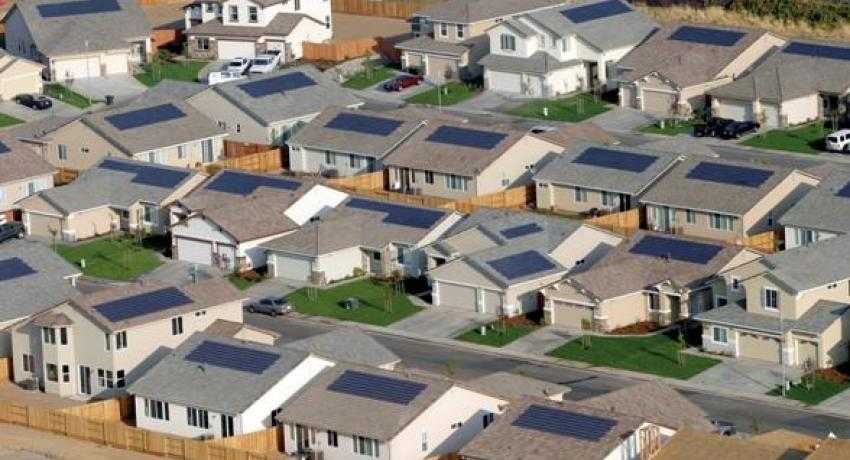The US is generating far more solar energy than thought
It turns out there is a whole lot more solar energy being generated in the United States than official reports indicate – about 50 percent more.
That’s a pretty big deal. When official reports fail to count almost a third of the nation’s solar production, it has a significant impact on policy and perception.
The Solar Energy Industries Association recent Solar Market Insight Report found that the U.S. generated about 30.4 million megawatt-hours of solar electricity in the 12 months that ended in March of 2015. That’s a stark contrast to the 20.2 million megawatt-hours the Energy Information Administration reported. In fact, solar generation accounts for more than 5 percent of all electric generation in Arizona, Hawaii and California now, according to the SEIA report.
An article in Greentech Media points out that this miscount could have major negative impacts on the solar industry and the consumers who currently use it or would like to invest in it in the future.
The EIA report is used to set state and national energy policies. It’s also used by the EPA to set environmental standards and goals for individual states. Without accurate information, it’s hard to set meaningful milestones. Beyond that, utility companies use that information to predict electricity demand and invest in new infrastructure.
The low solar count isn’t just dangerous because it’s misinforming policy-makers, it’s also a problem for public perception.
While even the low solar tally coming from the official EIA report still indicates a new record breaking every quarter, it appears to the public that there is far less solar installed than there is in reality. That’s a problem because it makes initiatives like renewable energy tax credit and Sunshot look far more expensive on a per-megawatt basis than they actually are.
So, how did the EIA get it so wrong? The Energy Information Administration has historically been able to go to utility companies for all its data. Approaching those central sources has helped the administration keep track of the nation’s electricity generation capacity for decades. But times are changing. The utility company doesn’t own or control much of the country’s solar generation. Rooftop solar systems are growing in popularity and affordability. They’re going up fast and utility companies aren’t even rebating the systems anymore, which means utility companies have less information about them now.
The solution could be a smarter grid that tracks inflow and outflow of power from residences and businesses. As we slowly transition from the status quo to a network of smart meters, official utility reports should be better at recognizing distributed generation.




